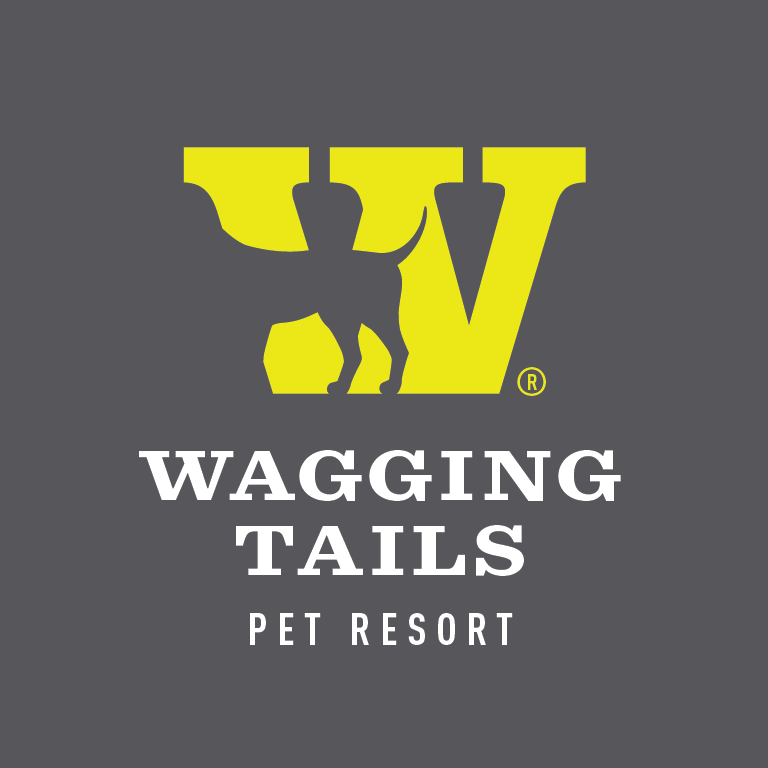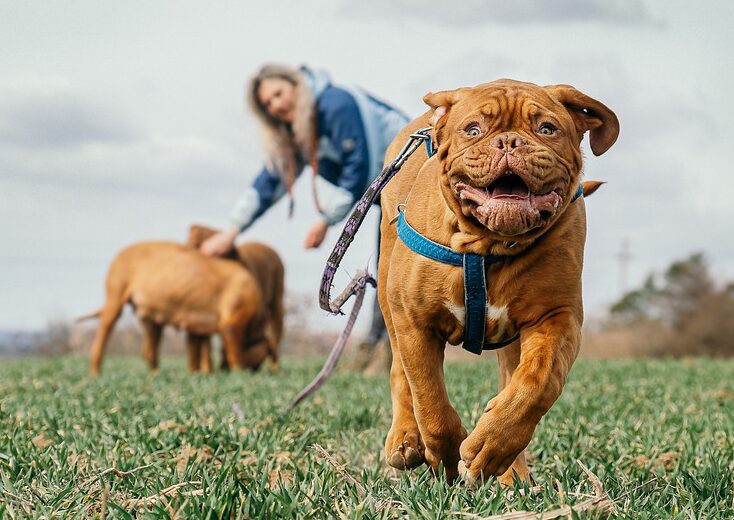Collars, Harnesses, or Halters
What’s the Best Option for Your Dog?
Have you ever found yourself confused over the best tools for walking your dog?
In the past, people simply clipped a leash to their dog’s collar before heading out the door. But, over the years, more advanced options continued to surface to solve a variety of issues. Now, we have multiple types of collars and body harnesses to halters worn on the head – and everyone seems to have an opinion on which is best.
We could easily do an entire post on individual styles and brands. Instead, we wanted to get back to basics and look at the pros and cons of each general option.
The Collar
Nothing beats the convenience of using a caller to walk your dog. After all, they already wear one with their ID tags, right?
When you use a collar to walk your dog, your main point of contact and control is their neck. If your dog is quiet on walks, this usually isn’t a problem. However, it can cause neck injuries and choking in dogs who pull or strain against the lead. Some dogs can also easily slip from their collars if they have a thick neck or slim head. As a result, a collar may not be the best option for an escape artist, a dog who pulls, or those who can’t resist chasing squirrels.
When choosing a collar for your dog, we recommend quick-release closures instead of buckles. This style makes it easier to remove a collar fast, which can come in handy during emergencies. And, if you have a dog that easily slips free from their collar, look for specially designed options for breeds that often fall into these categories, like Whippets, Greyhounds, and Bulldogs.
Harnesses
Harnesses are a very popular solution for walking dogs, especially those who pull, and they come in a dizzying number of styles.
Unlike a collar, a harness makes your dog’s body your primary point of contact when leashed. Depending on the option you choose, you can clip your leash to your dog’s chest, their back, or both chest and back.
Each of these harness options offers different advantages. For example, some front-attaching styles can lessen pulling in larger dogs. On the other hand, back-attaching harnesses can be an ideal solution for small dogs in many cases. And clipping a leash to the front and back of a harness can help during training by providing greater control.
While harnesses come with numerous advantages, they can also have some significant downsides. For instance, choosing the wrong style can actually make it easier for some dogs to pull. It can also be difficult to fit some harnesses properly, leading to discomfort or painful rubbing on your dog’s skin. And some no-pull styles can even restrict a dog’s natural structure and gait, increasing their risk of injury. Finally, like collars, some dogs can slip free of certain harnesses.
When considering the right harness for your dog, it’s helpful to ask your vet or trainer for recommendations and research suggestions based on your dog’s breed, size, and behavior in leash.
Halters
Head halters are often called by their brand names, like the Gentle Leader and Halti. The design is similar to a halter worn by a horse – they slip around the muzzle and head, and the leash attaches underneath your dog’s mouth.
Like collars and harnesses, halters can offer numerous benefits, especially with hard-to-control dogs or those with aggression issues. However, they’re also not for every dog and are best used in training situations. That’s because the concept behind head halter is that where the nose goes, the body will follow. That also means there’s a lot of potential for misuse.
One significant problem with head halters is the potential for neck injury, a common issue from sharp corrections or if a dog dashes to the end of the leash and their head snaps back. Dogs can also experience eye or muzzle damage from improperly fitted halters. Halters can even cause depression or distress in some dogs when introduced too quickly.
If you want to try a head halter, your vet or trainer can offer guidance on proper fit, positive introduction, and training techniques to get the best results.
Whether you choose a collar, harness, or halter, it’s crucial to pay attention to how your dog responds. For example, if they resist wearing it, it may not be comfortable. It can take some time and experimentation to find the best option – kind of like finding the perfect pair of shoes.


